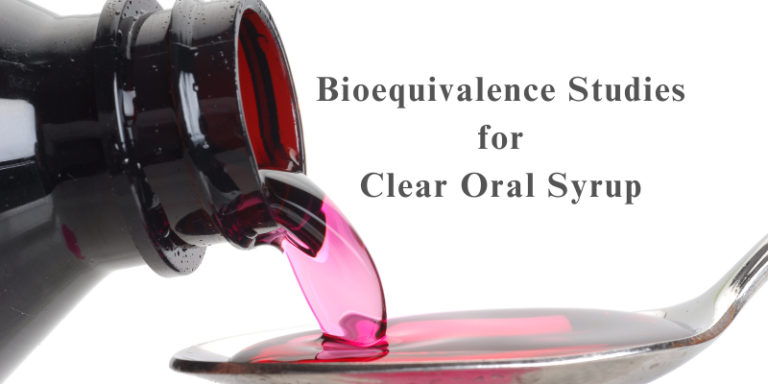Bioequivalence (BE) Study Designs
The choice of Bioequivalence (BE) study design depends on several factors, including the pharmacokinetics (PK) of the drug, its variability, dosage form, and regulatory requirements. Here’s a detailed breakdown of how to select the appropriate BE study design.
Standard Two-Way Crossover Design
- Design: Single-dose, randomized, two-period, two-sequence crossover study (RT/TR).
- Used for: Most immediate-release (IR) oral formulations.
- Advantages: Simple design, fewer subjects, widely accepted by regulatory agencies.
- Limitations: Not suitable for drugs with long half-life or highly variable drugs.
- Example: BE study for Metformin IR tablets.
Replicate Crossover Design
- Design: Subjects receive the test and reference formulations multiple times (e.g., 4-period design: TRTR/RTRT).
- Used for: Highly variable drugs (HVDs) with intra-subject variability >30%.
- Advantages: Allows use of scaled average bioequivalence (SABE) to widen BE acceptance limits.
- Limitations: Requires more subjects and complex statistical analysis.
- Example: BE study for Omeprazole (high variability in Cmax).
Parallel Study Design
- Design: Subjects are randomized to receive either the test or reference formulation (single period).
- Used for: Drugs with a long half-life (>24 hours) where a crossover design is impractical and Cytotoxic or biologics, where repeat exposure should be minimized.
- Advantages: No need for a long washout period, suitable for long half-life drugs.
- Limitations: Requires a larger sample size due to inter-subject variability.
- Example: BE study for Amiodarone (long half-life of ~50 days).
Steady-State BE Study Design
- Design: Multiple-dose study conducted until steady-state is achieved before sampling.
- Used for: Non-linear pharmacokinetics due to time-dependent metabolism (e.g., enzyme inducers) and Sustained-release (SR) and extended-release (ER) formulations where accumulation is a concern.
- Example: BE study for Carbamazepine ER tablets (autoinduction of metabolism).
Partial Replicate Design
- Design: Three-period study where the reference drug is given twice (TRR or RTT).
- Used for: Highly variable drugs (HVDs) when a full replicate design is not feasible and NTI drugs, where additional PK assessments are needed.
Alternative Approaches for Complex Drugs
- Inhalation & Topical Products: Require in vitro studies, PK/PD correlation, or clinical endpoint studies instead of standard BE designs.
- Biosimilars & Biologics: Require totality of evidence approaches, immunogenicity assessments, and PK/PD analysis.
- Example: Fluticasone nasal spray requires PK & PD endpoints instead of a standard BE design.
Read also:
- Pilot and Pivotal Bioequivalence (BE) Study Strategy for Generics
- Differences Between RSABE and Traditional ABE Approaches
Resource Person: Pradip Kokane







